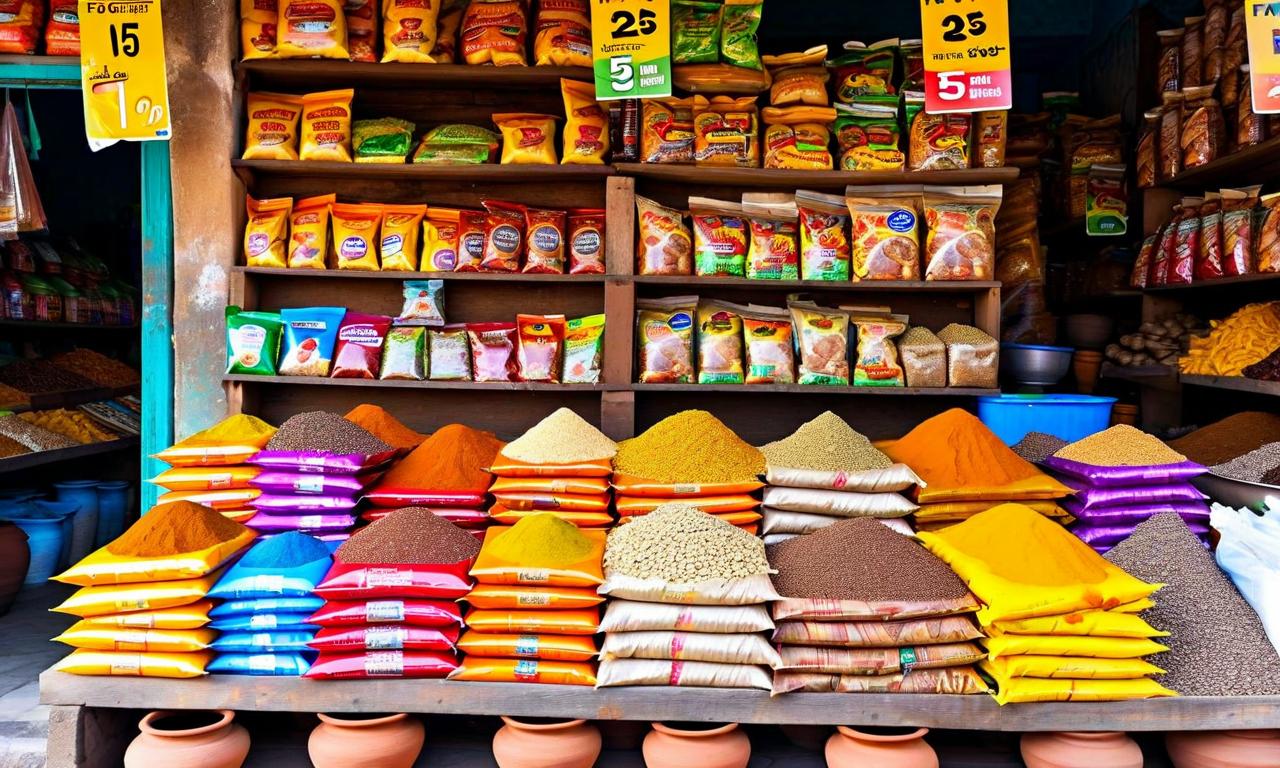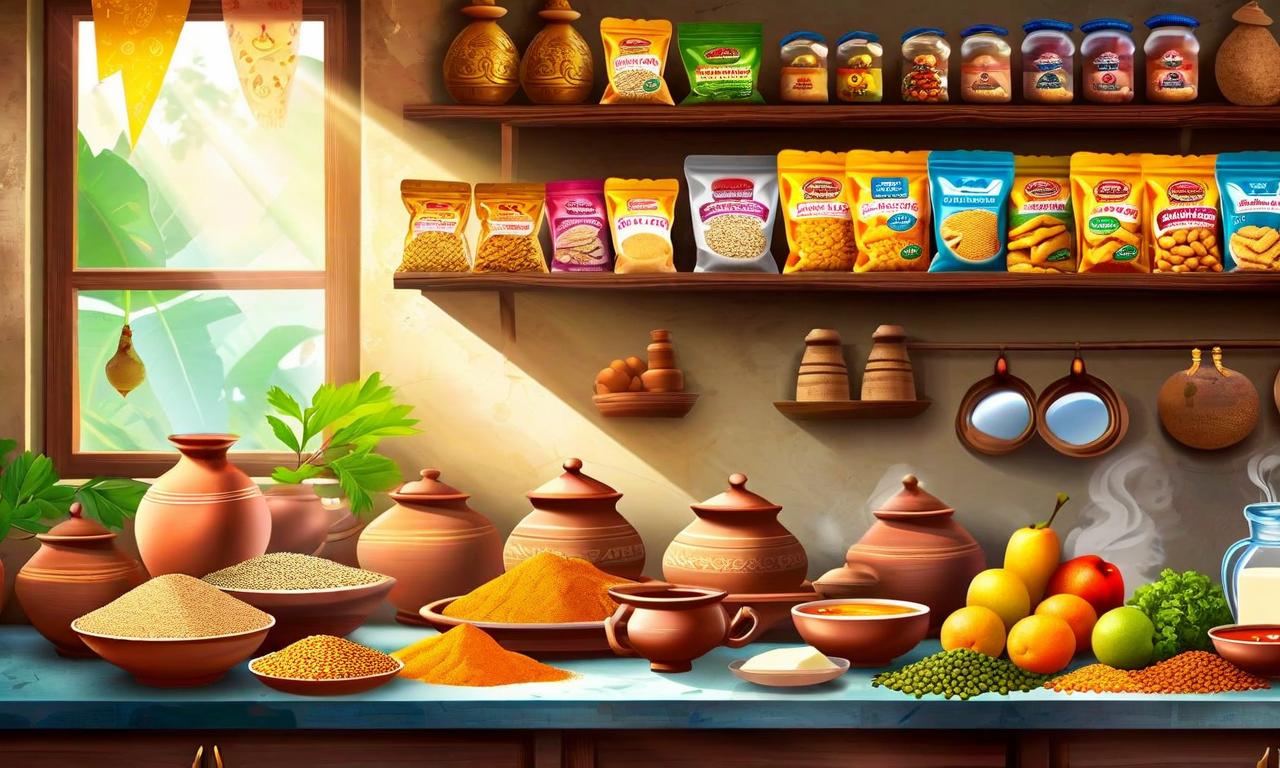FMCG Sector Rebounds: 4.7% Volume Growth in Q2 Signals Recovery
The Indian FMCG sector demonstrated robust recovery in the July-September quarter with a 4.70% year-on-year increase in sales volume, up from 3.60% in the previous quarter. Household care products led growth at 6.10%, while personal care segments also strengthened significantly. Urban markets outpaced rural areas, growing at 5.20% compared to 4.20% in rural regions. This growth occurred before the GST rate reductions implemented on September 22, indicating underlying demand strength in the sector.

*this image is generated using AI for illustrative purposes only.
The Fast-Moving Consumer Goods (FMCG) sector in India has shown strong signs of recovery, with sales volume increasing by 4.70% year-on-year in the July-September quarter. This growth marks a significant improvement from the 3.60% growth recorded in the preceding quarter, indicating a positive trend in consumer demand.
Key Highlights
- Overall FMCG sales volume grew by 4.70% year-on-year in Q2
- Household care products led the growth at 6.10%
- Personal care segment showed significant strengthening
- Urban markets outpaced rural areas in growth
Sector Performance
The FMCG sector's performance can be summarized in the following table:
| Category | Growth Rate |
|---|---|
| Overall FMCG | 4.70% |
| Household Care | 6.10% |
| Urban Markets | 5.20% |
| Rural Areas | 4.20% |
Urban vs Rural Growth
A notable aspect of this quarter's performance is the divergence between urban and rural markets:
- Urban markets accelerated with a 5.20% growth rate
- Rural areas showed a comparatively slower growth at 4.20%
This urban-rural divide suggests that consumer spending in cities is recovering more rapidly, potentially due to factors such as increased economic activity and higher disposable incomes in urban areas.
Timing and Impact
It's important to note that this growth occurred before the implementation of GST rate reductions, which took effect on September 22. This timing indicates that the sector's recovery is driven by underlying demand factors rather than tax-related price adjustments.
Implications for FMCG Companies
The robust growth figures are likely to have a positive impact on major FMCG companies operating in India. With household care products leading the charge and personal care segments showing significant improvement, companies specializing in these categories may see enhanced revenue and potentially improved market share.
Sector Outlook
While this data points to a recovery in the FMCG sector, it will be crucial to monitor how the recent GST rate reductions affect consumer behavior and sales volumes in the coming quarters. The disparity between urban and rural growth rates also presents both opportunities and challenges for FMCG players in terms of their market strategies and product positioning.
As the sector continues to evolve, investors and industry watchers should keep a close eye on how companies adapt to these changing market dynamics and capitalize on the growing consumer demand.

















































